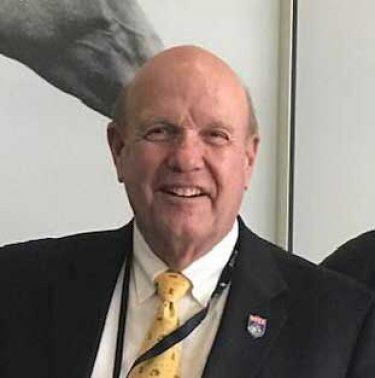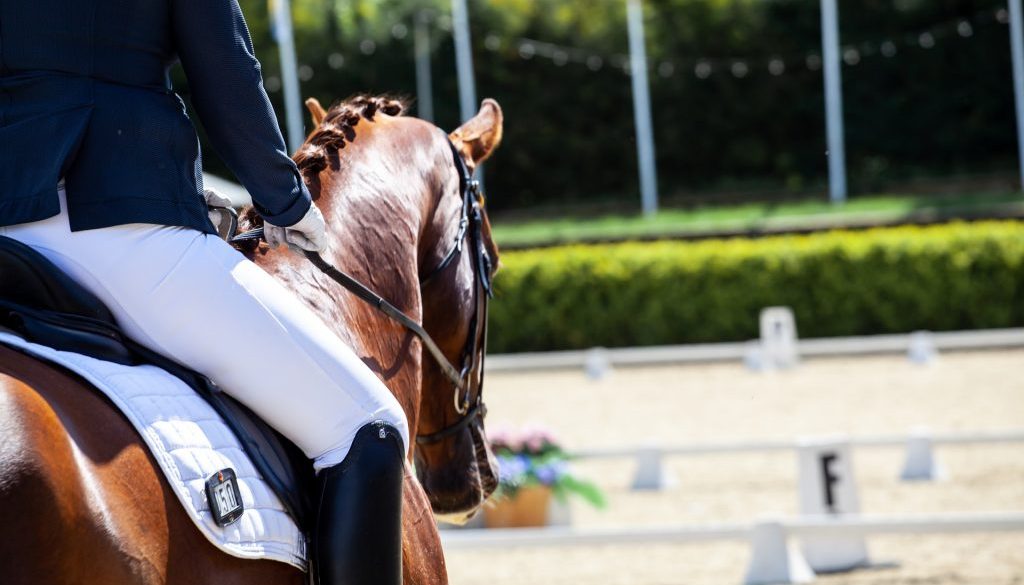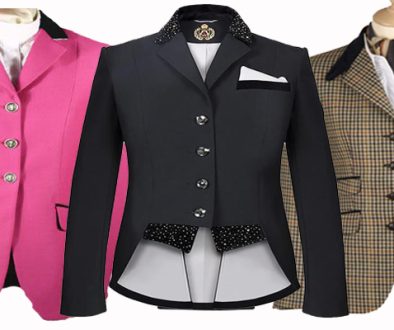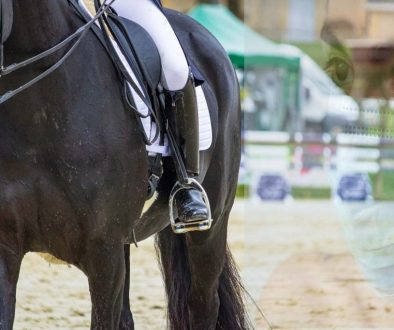Declining Participation at Rated Dressage Shows
The United States dressage competition world is changing. While thelevel and quality of competition rides seems generally to be improving, other less desirable factors are coming into play. Currently, participation in USEF-rated shows is declining. The number of rides down center line dropped noticeably over the last two years (about 1% annually), representing a loss of between 700-800 rides annually. However, more alarmingly, the number of competitions nationally is also declining. Number of USEF Recognized Competitions Nationally:
2017: 891
2018: 882
2019: 785
This trend is notable for the decline between 2017-8, but is especially alarming for the loss of nearly 100 competitions from 2018-2019. While these numbers do not show what is happening in each USDF
Region, some clearly have fared worse than others. What has caused this?
As a judge who travels throughout the United States, intuitively it seemed that shows were smaller last year (2019). Many dressage shows were finished by 3 pm each day instead of 5 pm. The statistics quoted make it quite clear that the competitor numbers are down. But the loss of competitions is important as an indicator of where the show market may be going. Are riders actually showing less or are they avoiding USEF/ USDF rated shows? Do riders nationally prefer to compete at unrated/schooling shows?
The numbers of rides/competitors at unrated competitions are a difficult number to acquire, simply because no organization approves these shows. Consequently, quantifying non-rated participation figures must be a matter of conjecture.
Anecdotally, many managers who organize and run schooling shows seem to have no difficulty filling these competitions. One manager in the northern Midwest reported that numbers at the unrated competitions
were quite strong (this manager runs both rated and unrated shows), while the rated show participation was not as consistent or large. Shows at the end of the show season filled well, while earlier shows tended to be lightly attended.
What factors contribute to this trend? Some answers might include:
-
Expense
Attending shows are more expensive than ten years ago. Class fees and stabling costs are high generally in the show world. Competitors are sensitive about the USEF/USDF and GMO fees. Disposable income has dropped since the great recession of ten years ago and once riders have opted out of shows, a return to the show world is not an automatic response.
-
Demands of Organizations
Specifically here, Safe Sport. This requirement did not exist ten years ago and many participants
have found it to be burdensome and inconvenient. While the educational value of recognizing sexual abuse in minors is unarguably important, the mandating of course completion prior to competition is an obstacle for some. Show managers are the unhappy enforcers of the rule by USEF and bear the brunt of competitor frustration.
USEF and USDF are certainly aware of these numbers. At one point, dressage was one of the fastest-growing sports in equestrian competition. Today it is no longer the case. What can be done to improve the participation numbers?
The managers of dressage shows do need help from USEF and USDF, as both organizations demand quality competitions within their approval scope. In a perfect world, everyone should benefit equally: competition management, competitors and USEF/USDF. Right now, show managers are feeling the squeeze. The result will be less and less competitions offered nationally.
Coming Next: What Changes are Needed?

THE AUTHOR
David Schmutz : USEF ‘S’ & FEI 4* PARA DRESSAGE
David Schmutz was born and raised in Los Angeles, California. He starting riding late in life, while in graduate school for his MBA. He had the great opportunity to ride with a very prominent elderly attorney, who needed one of his three horse exercised. During many mornings, they would meet at 6am where they would ride the trails of Griffith Park in Los Angeles. After graduate school, David purchased his own horse, a thoroughbred, and continued training on the Griffith park trails and local jumping arenas.
While owning and managing “The Paddock Riding Club” in Los Angeles, he graduated the USDF ‘L’ Program with distinction and then received his USEF Dressage ‘r’ certification.
It was while working on his promotion to become a USEF ‘R’ Dressage judge, that USEF offered a clinic on judging Para Equestrian riders. Through the help of international judges Inger Bryant and Anita Own, David obtained his IPEC (International Para Equestrian Committee) approval. Not long after, the FEI also began approving these types of competitions, Dave received his FEI card as a 3* Para Judge. He presently holds a 4* certification.
David continues to enjoy his dual roles as judging in addition to clinics, helping both able-bodied and para athletes achieve their best. See more details on his website at: www.gdsdressage.com



